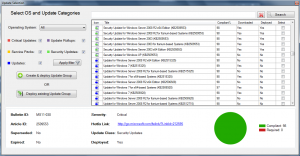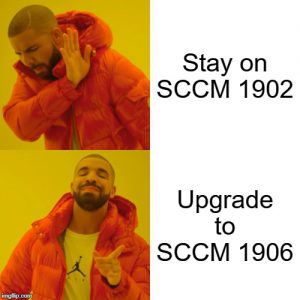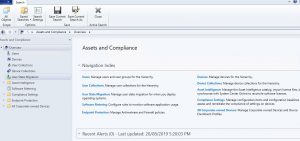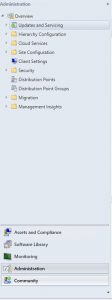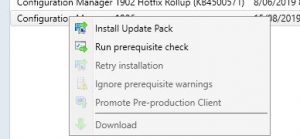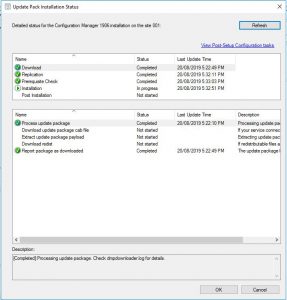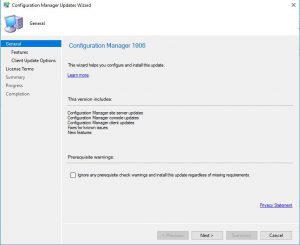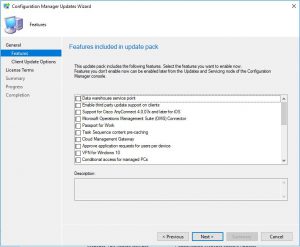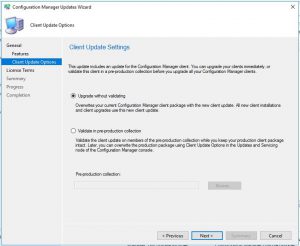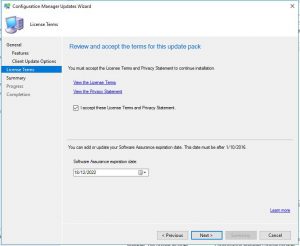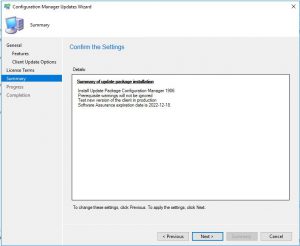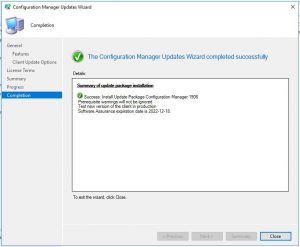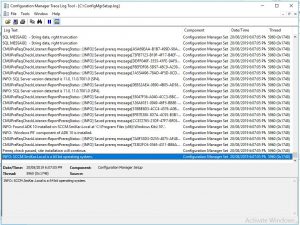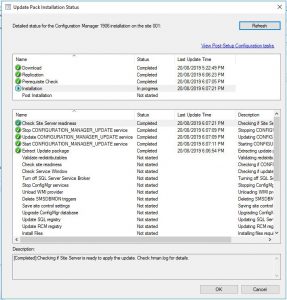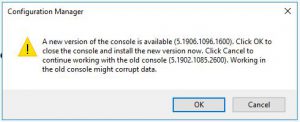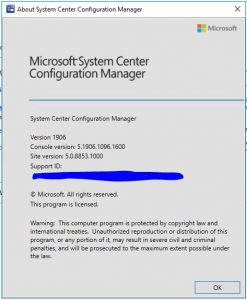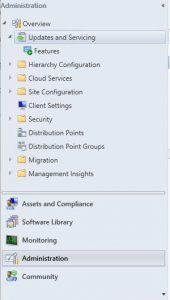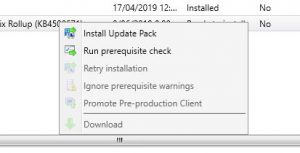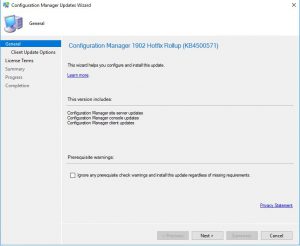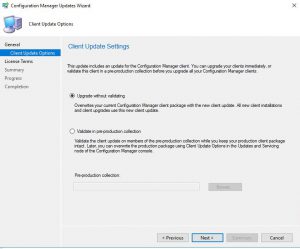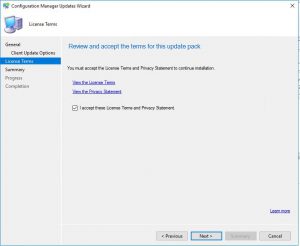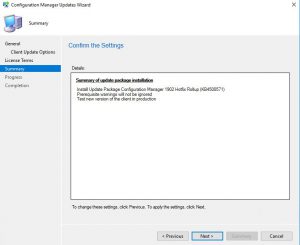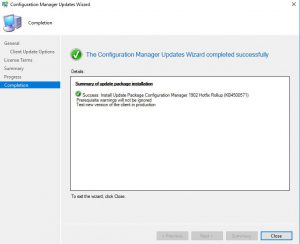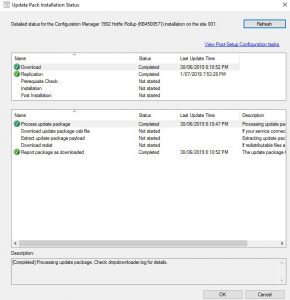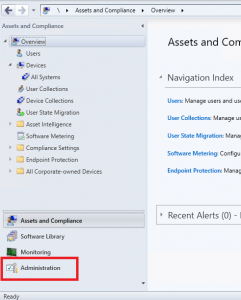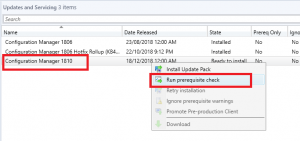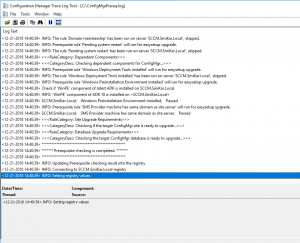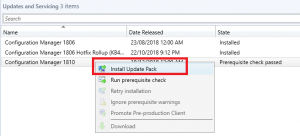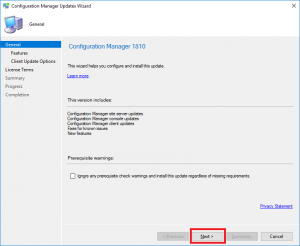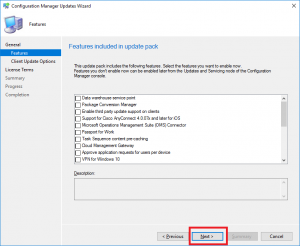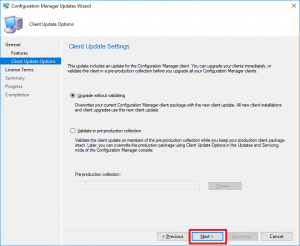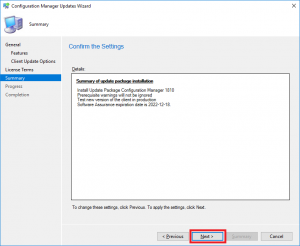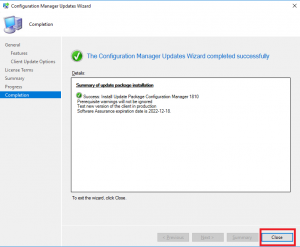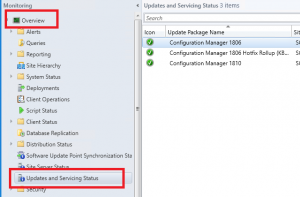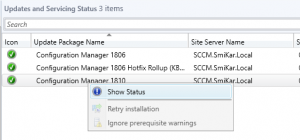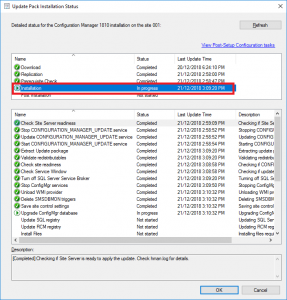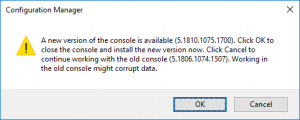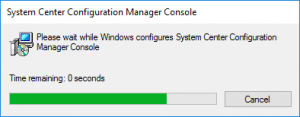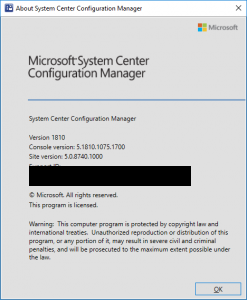
Deep Dive into System Center Configuration Manager
Introduction: Unveiling SCCM
SCCM, standing for System Center Configuration Manager, now known as Microsoft Endpoint Configuration Manager, is a software suite from Microsoft’s stable of products. Often dubbed as the cornerstone of IT administration, SCCM offers a comprehensive management solution. It assists IT administrators in managing the deployment and security of devices and applications within an organization. From serving as a unified management console to providing a set of automated administrative tools, SCCM empowers IT professionals to manage software deployment, data protection, health monitoring, and compliance enforcement across all devices within the enterprise.
The Journey of SCCM: From SMS to Current Incarnation
Tracing the history of SCCM gives us a fascinating timeline, reflecting its evolution as a critical tool in IT management.
The Dawn of Systems Management Server
In 1994, Microsoft launched a tool named “Systems Management Server” (SMS). This early incarnation was a stripped-down version focusing on three core functionalities – hardware inventory, software inventory, and software metering. Despite its limited offerings, SMS marked a significant step towards organized and efficient IT administration.
SCCM: The New Identity and Advanced Features
As the world of IT management started becoming increasingly complex, the demand for an advanced, comprehensive management tool grew. Meeting these changing needs, SMS underwent a major overhaul, emerging as SCCM. This new avatar brought a broader feature set, including software distribution, OS deployment, and system health reporting, enhancing its value for IT administrators.
The Emergence of Microsoft Endpoint Configuration Manager
The evolution didn’t stop at SCCM. The most recent update in 2019 marked another significant transition – the rebranding of SCCM to “Microsoft Endpoint Configuration Manager”. This change not only acknowledged the rapidly growing field of endpoint management but also positioned the tool as a leading solution in this space.
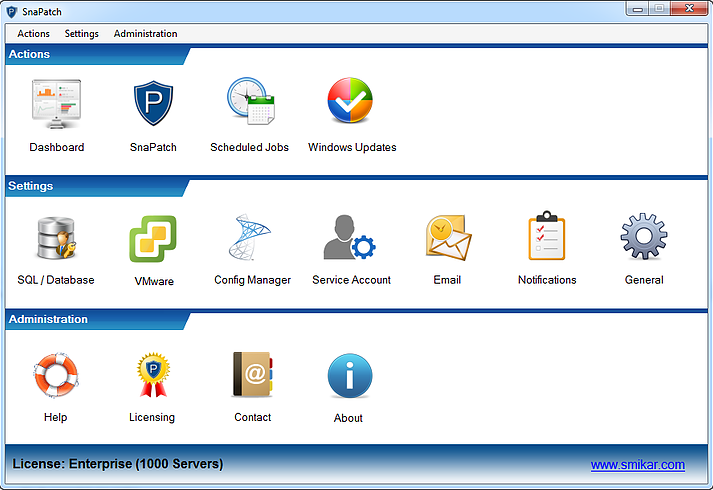
The Architecture of SCCM: Core Components
SCCM’s sophisticated capabilities owe their existence to its complex yet efficient architecture.
Site Systems: The Pillars of SCCM
Site systems form the backbone of SCCM’s architecture. These are servers that host different roles critical to the functioning of SCCM, including distribution point, management point, reporting services point, and software update point, to name a few.
The Command Center: SCCM Console
The SCCM Console serves as the command center, offering a centralized interface for managing all administrative tasks. Whether it’s deploying software updates, managing system health, or overseeing hardware and software inventory, the SCCM Console is the nerve center where all these operations converge.
The Operatives: SCCM Clients
SCCM Clients are essentially the devices that SCCM manages. This could range from servers and desktop computers to laptops and mobile devices. Once these devices have the SCCM client software installed, they can be managed from the SCCM server.
The Multifaceted Functionality of SCCM
SCCM is more than just a unified management console. It is a powerhouse that offers a wide range of functionalities.
Comprehensive Hardware and Software Inventory
One of the core capabilities of SCCM is its ability to manage hardware and software inventory. It allows IT administrators to monitor and track all hardware assets and software applications used within the organization.
Streamlined Software Distribution and Deployment
Software distribution is another critical feature offered by SCCM. It provides tools for administrators to distribute, install, update, and uninstall software applications across computers within an organization, ensuring that every device is equipped with the necessary software it needs to function efficiently.
Automation of Software Updates
SCCM also integrates with Windows Server Update Services (WSUS) to facilitate the seamless distribution of updates. This feature automates the traditionally time-consuming process of software updates, freeing up IT staff to focus on other critical tasks.
Robust Operating System Deployment (OSD)
SCCM is not just about managing existing systems; it’s also about setting up new ones. With its Operating System Deployment (OSD) feature, SCCM can deploy new operating systems to computers across an organization, simplifying the process of onboarding new hardware.
Integrated Endpoint Protection and Compliance Settings Management
In a world where data breaches and cyber threats are rampant, the security of endpoints is critical. SCCM offers integrated endpoint protection, enabling IT administrators to manage security policies, monitor system status, and respond to threats in real-time.
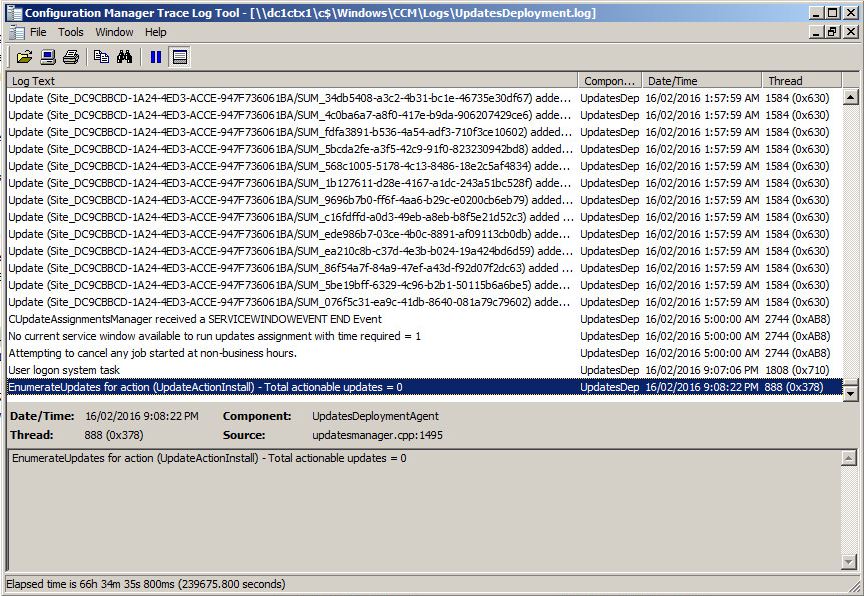
The Inner Workings of SCCM: A Peek Under the Hood
SCCM operates on a client-server model. Once the client software is installed on devices, the SCCM server takes over the management of these clients. IT administrators can create policies for updates, security, and deployment that are then distributed to the clients.
The Value of SCCM in IT Ecosystem
SCCM is not just a tool; it’s an asset that adds significant value to IT management.
Simplification of IT Administration
With SCCM, IT administration is simplified. Its comprehensive feature set offers a unified solution to handle IT tasks, including remote support, updating applications and operating systems, managing PCs and servers, and much more.
Enhancement of System Security
The importance of system security cannot be overstated, and this is another area where SCCM shines. It provides the tools and capabilities to manage security policies, keep a close eye on system health, and take immediate action in response to any threats.
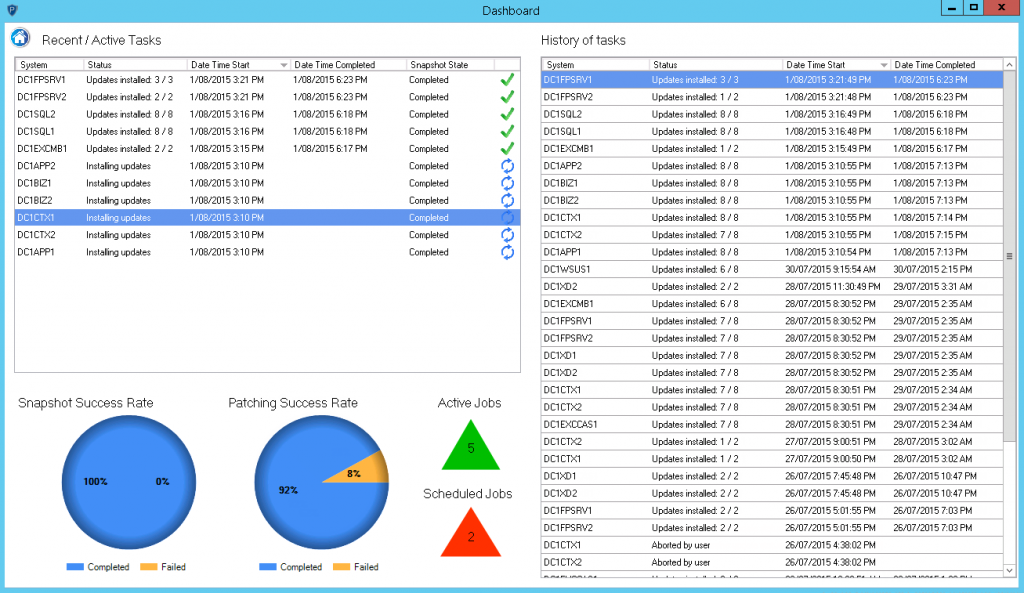
SCCM Versus Its Peers: A Comparative Overview
While there are other tools available for IT management, SCCM stands out due to its comprehensive feature set, ability to scale as per the organization’s needs, and its seamless integration with other Microsoft products.
Leveraging SCCM for Success: Final Thoughts
As the IT landscape continues to evolve, tools like SCCM that offer comprehensive, centralized, and automated IT management will become increasingly indispensable. Leveraging SCCM effectively can pave the way for streamlined operations, enhanced security, and successful IT management.
SCCM Feature Set
| Feature | Description |
|---|---|
| Hardware and Software Inventory | Enables IT administrators to monitor and manage all hardware assets and software applications used within the organization. |
| Software Distribution and Deployment | Allows administrators to distribute, install, update, and uninstall software applications across all computers within an organization. |
| Software Updates Automation | Integrates with Windows Server Update Services (WSUS) to automate the process of software updates distribution, saving time for IT staff. |
| Operating System Deployment (OSD) | Provides the ability to deploy new operating systems to computers across an organization, easing the process of setting up new systems. |
| Endpoint Protection | Facilitates the management of security policies, system status monitoring, and real-time threat response, enhancing the security of all endpoints. |
| Compliance Settings Management | Provides tools to enforce compliance with company policies regarding system configurations, security, and other settings. |
| Remote Control | Allows IT administrators to remotely control client computers for troubleshooting or administration tasks. |
| Reporting | Offers robust reporting features to track and analyze data on hardware, software, and SCCM operations. |
| Power Management | Enables IT administrators to monitor and manage the power consumption of devices across the organization. |
| Internet-Based Client Management | Facilitates management of internet-based clients outside of the organization’s network. |
Please note that this is not an exhaustive list of all the features that SCCM provides, but it covers the most commonly used and powerful functionalities.
FAQs
- What is SCCM?
SCCM, or System Center Configuration Manager, is a management suite from Microsoft that enables IT administrators to manage the deployment and security of devices and applications across an organization. - How has SCCM evolved over the years?
SCCM started as Systems Management Server (SMS) with basic functionalities. Over the years, it has evolved to include advanced features such as software distribution, OS deployment, and system health reporting. The latest update renamed SCCM as Microsoft Endpoint Configuration Manager, reflecting the industry’s focus on unified endpoint management. - What are some core functionalities of SCCM?
SCCM offers functionalities like comprehensive hardware and software inventory management, software distribution and deployment, automation of software updates, robust operating system deployment, and integrated endpoint protection. - What is the value of SCCM in IT management?
SCCM simplifies IT administration by offering a unified solution to manage multiple IT tasks. It enhances system security through its integrated endpoint protection and offers tools to manage security policies and monitor system health. - How does SCCM compare to its peers?
While there are other IT management tools available, SCCM stands out due to its comprehensive feature set, scalability, and seamless integration with other Microsoft products.


